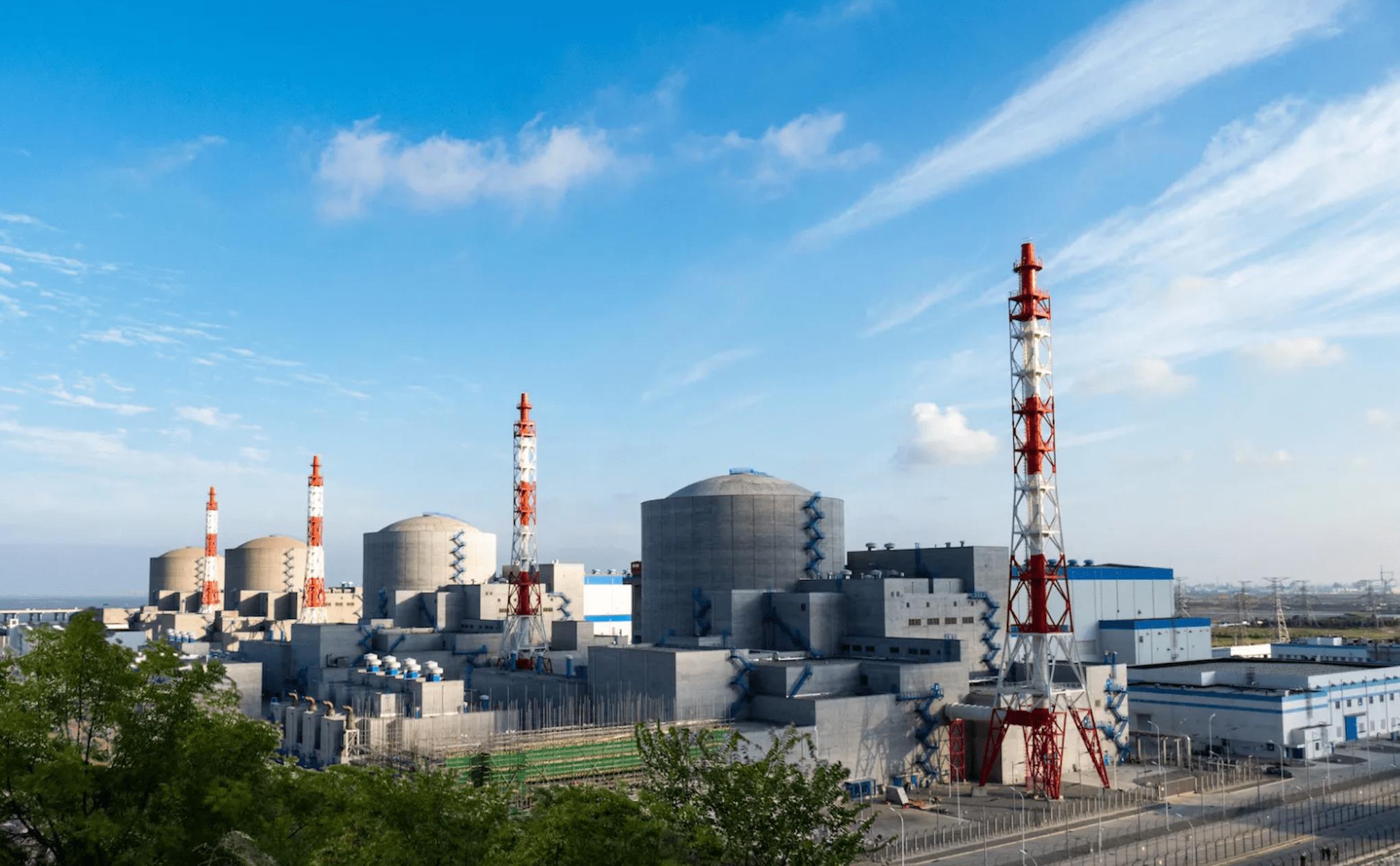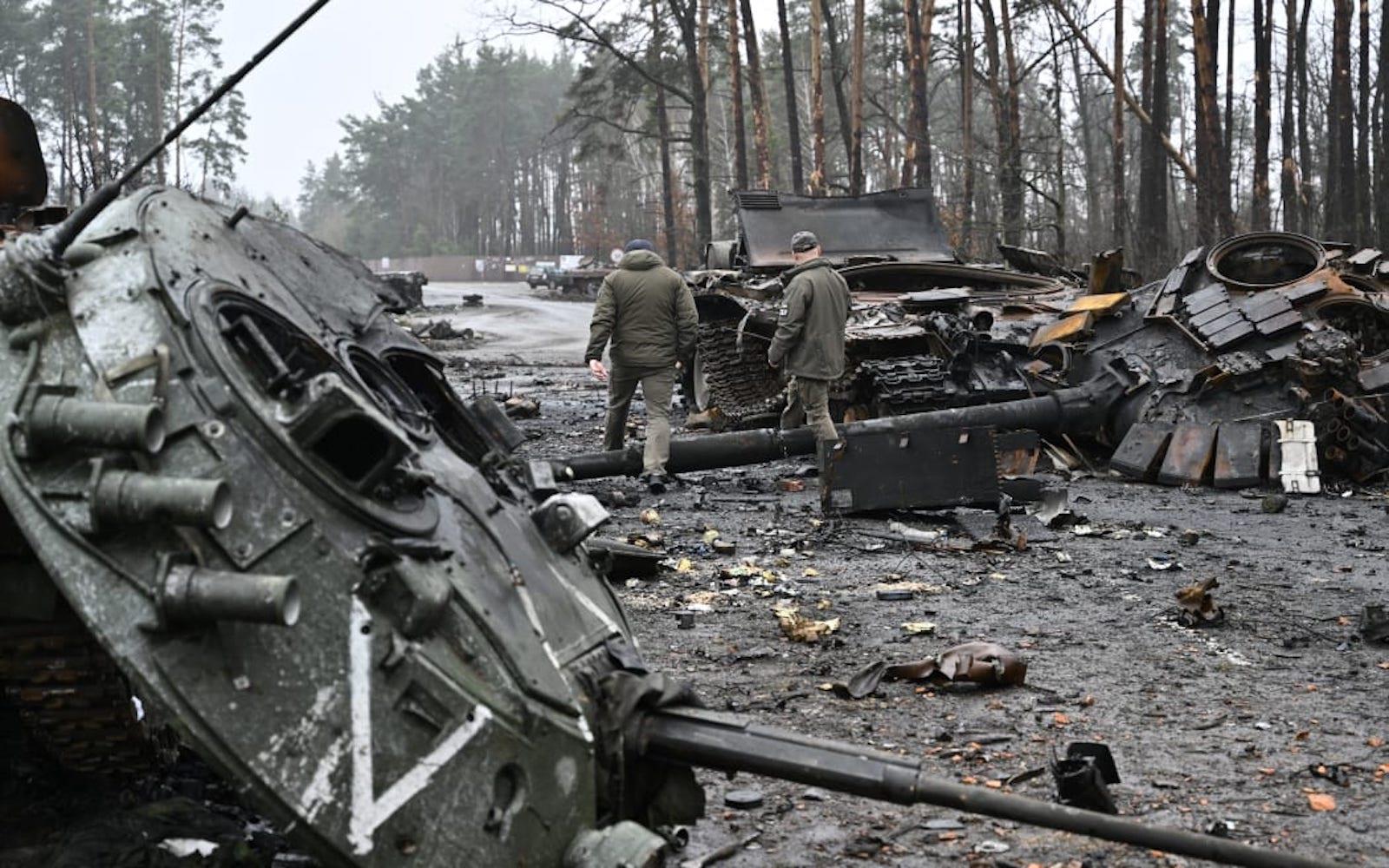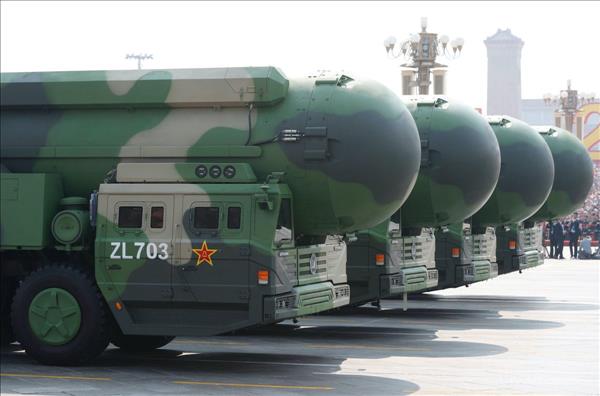(MENAFN- Asia Times) Russia plans to provide fast breeder nuclear reactor technology to China, an agreement that could allow Beijing to significantly grow its nuclear arsenal and tip the prevailing global balance of nuclear weapons.
this month, bloomberg reported that Russian President Vladimir Putin and Chinese Premier Xi Jinping announced a long-term agreement to continue developing fast breeder nuclear reactors optimized for plutonium production for nuclear weapons.
The report notes that in December 2022, Russia's-state owned Rosatom nuclear power company finished transferring 25 tons of highly-enriched uranium to China's CFR-600 nuclear reactor, which analysts say has the capacity to produce 50 nuclear warheads a year.
US Department of Defense (DOD) officials and US military planners have assessed that the CFR-600 will be critical in building China's nuclear arsenal from 400 warheads today to 1,500 by 2035.
China has rejected this assessment, however, arguing that the CFR-600 is connected to its civilian power grid and is part of a US$440 billion program to overtake the US as the world's top nuclear energy generator by the middle of the next decade, news reports said.
Russia's ramped up nuclear assistance to China was announced during Chinese President Xi Jinping's meeting with his Russian counterpart, where the two leaders announced a raft of new agreements. The two leaders declared a“no limits” partnership shortly before Russia's February 2022 invasion of Ukraine.
Russia's nuclear technology exports, which have surged since the invasion, are one effective way it can offset lost energy and arms exports caused by Western sanctions imposed in punitive response to the war.
The Bloomberg report notes that Russia is the world's largest supplier of nuclear reactors and fuel, and that China's fast reactors, which use liquid metal instead of water to moderate operations, are based on Russian technology.

Russia's state nuclear corporation Rosatom is currently involved in the construction of nuclear power generating units in China. Photo: AFP / Sputnik / Rosatom
in the 2022 book russia-china relations: emerging alliance or eternal rivals , Brian Carlson notes that Russia's strategic calculus towards China was profoundly changed by its invasion of Ukraine, the imposition of unprecedented Western sanctions and the declaration of a“no-limits” strategic partnership.
In Carlson's view, Russia's decision to provide China with nuclear technology to significantly enlarge its arsenal shows that Moscow has set aside long-term concerns about China's potential threat in Russia's Far East.
The move reflects Russia's desire for increased cooperation with China in dealing with the West and the recognition that a breakdown in Russia-China relations would adversely affect Russian interests at this critical time, Carlson says.
In terms of Russia's energy exports to China, Thane Gustafson notes in an april 2022 article for fortune that China may not be able to buy enough to save Russia's previous levels of energy exports.
Gustafson notes that Russia's oil exports to China have little room for immediate expansion given constraints in pipelines and marine terminals and that sending oil by tankers could be difficult as traders and shippers shy away from Russian oil.
He also says that Russia's current gas infrastructure in the Russian Far East could supply China with just a fraction of the volumes sold to Europe, noting the stalled Power of Siberia 2 pipeline and Russia's lack of liquefied natural gas (LNG) tankers.
For coal, Gustafson says that a proposed European ban on Russian coal and plans to phase out coal altogether, combined with Russia's two underfunded Pacific rail lines, are also significant issues in ramping up exports to China.
Gustafson also mentioned that Russia's energy export infrastructure was built over the course of half a century to supply Europe, and pivoting Russia's energy exports to China will be expensive and time-consuming.
At the same time, the Ukraine war may have significantly undermined Russia's defense industry, a significant source of export revenues.
The ongoing conflict has raised the possibility that foreign arms orders may be redirected to replace Russia's battle losses, exposed Russia's surprising dependence on Western technology and led to the imposition of financial sanctions that can prevent foreign clients from paying.
The often poor performance of Russian weapons in the war, plain for the world to see in news reports, may also have dented their appeal among foreign buyers. China may already be beyond the need to purchase Russian weapons, as its advancements, especially in terms of jet engines and semiconductors, may already have overtaken those of Russia.

Russia is rushing to replace and upgrade weaponry lost in the war. Image: Facebook
However, Russian assistance could be instrumental in China's efforts to rapidly expand its nuclear arsenal.
in an august 2021 article for the carnegie endowment for international peace , Tong Zhao discusses the factors driving China's nuclear expansion drive. Zhao notes that evolving US missile defenses and conventional strike weapons are making China's nuclear arsenal vulnerable and thus undermining its deterrent capability.
Zhao notes that Chinese leaders perceive Western countries as deliberately creating trouble and excuses to contain and demonize China, fearing that its rise challenges the West's dominance of the current international system.
He also notes that any sign of weakness will encourage Western countries to destabilize China and weaken the Chinese Communist Party's hold on power, making it critical for China to enlarge its nuclear arsenal to make its rivals respect its position and exercise restraint.
China's nuclear buildup also aims to increase the survivability of its arsenal in a potential war scenario. asia times noted in november 2022 that China's nuclear force structure is optimized to ride out an adversary's first strike rather than threaten using nuclear weapons.
Although Chinese leaders have debated changing their country's no-first-use policy from time to time, there is no sign that China intends to change that stance anytime soon.
in a february 2023 article for air and space forces magazine , Christopher Prawdzik mentions that a larger and more diverse nuclear arsenal increases China's second-strike capability and puts the country in a better position to brandish its nuclear weapons coercively and employ them if necessary.
Prawdzik also mentions that 700 nuclear warheads are enough for China to have a secure second-strike capability, with options for limited theater nuclear strikes. Moreover, the size of China's nuclear arsenal, diversity of delivery systems and warhead yields expand the types of nuclear attacks China can launch and the targets it can threaten.
Like this:Like Loading...


























Comments
No comment